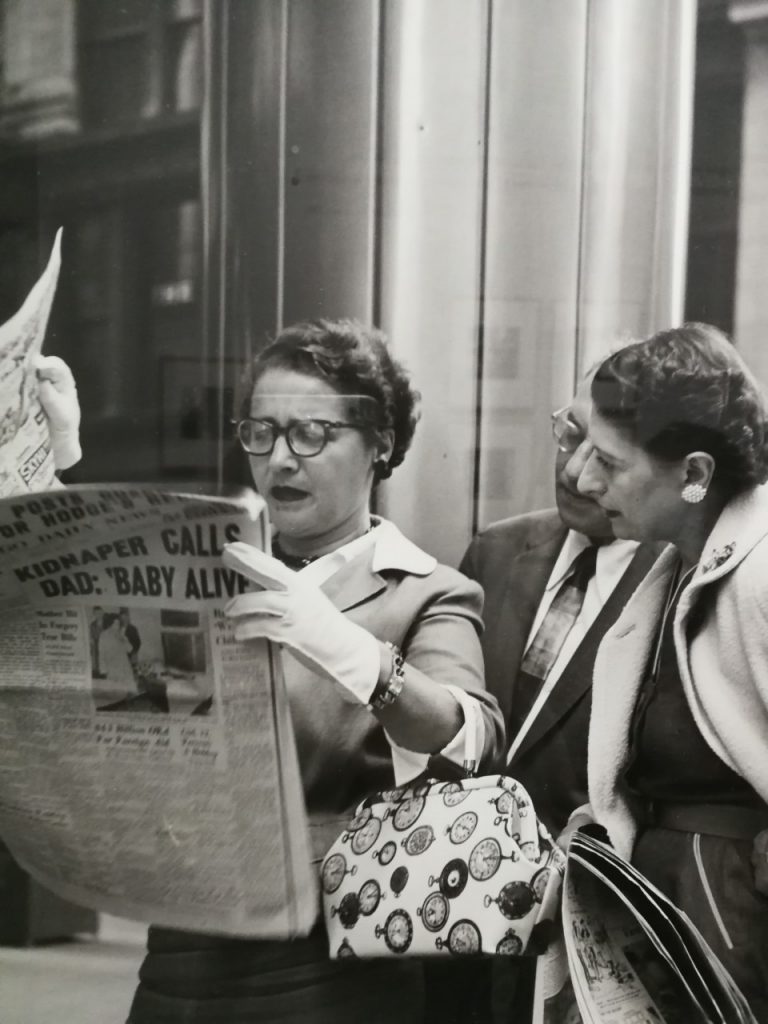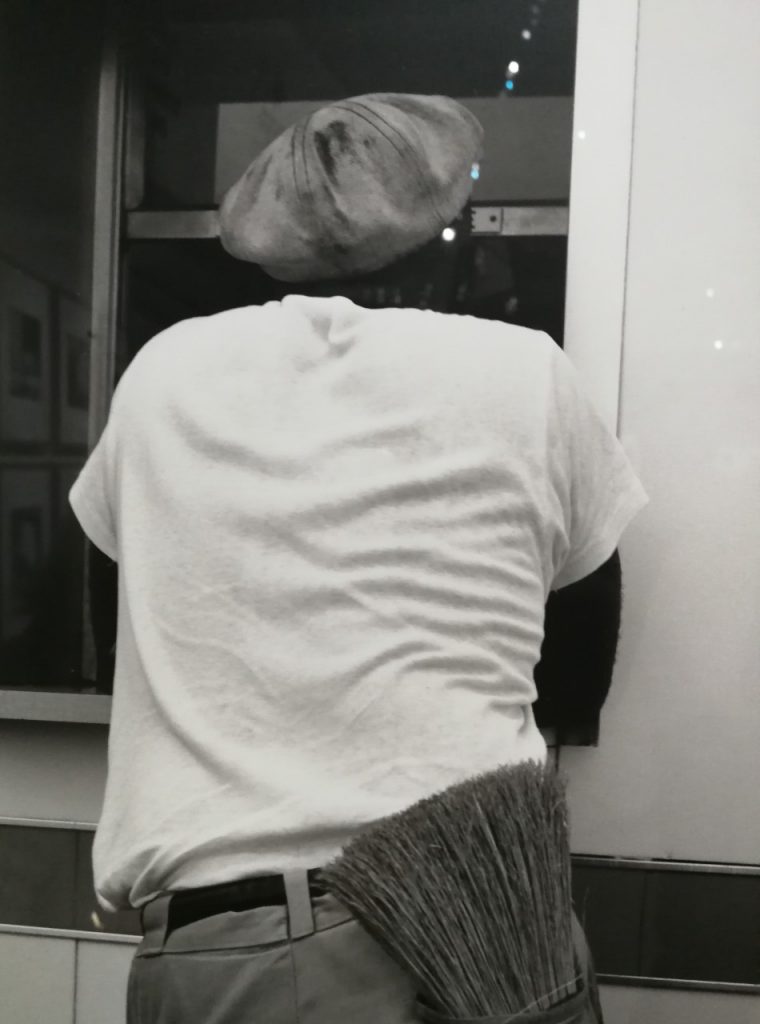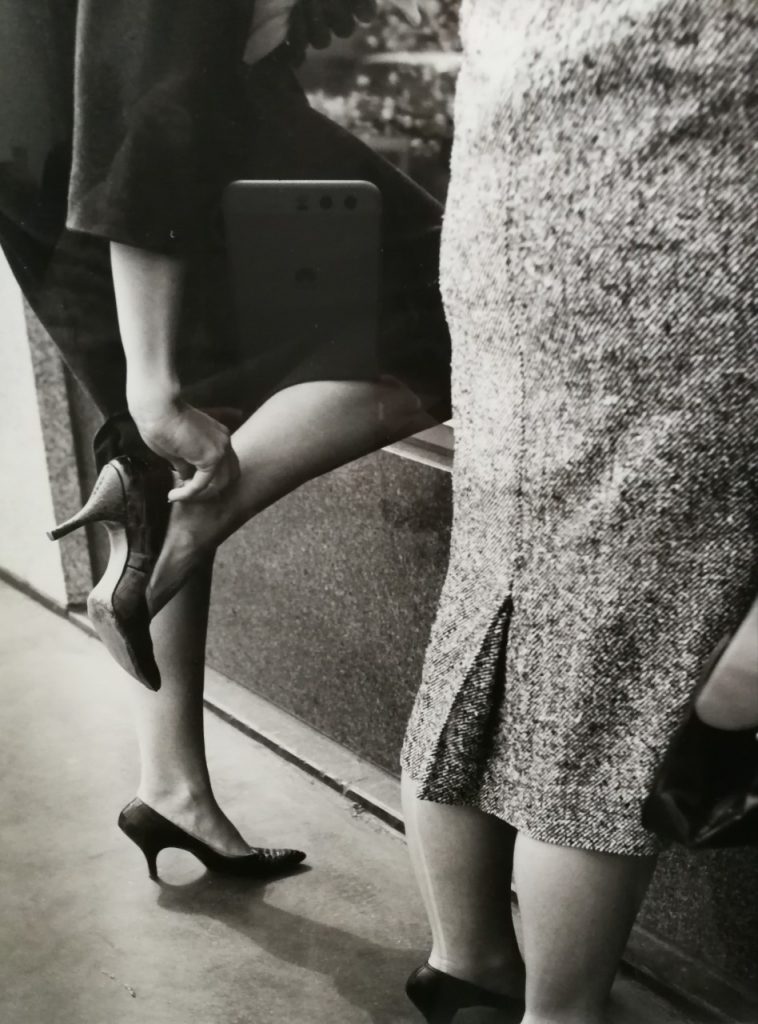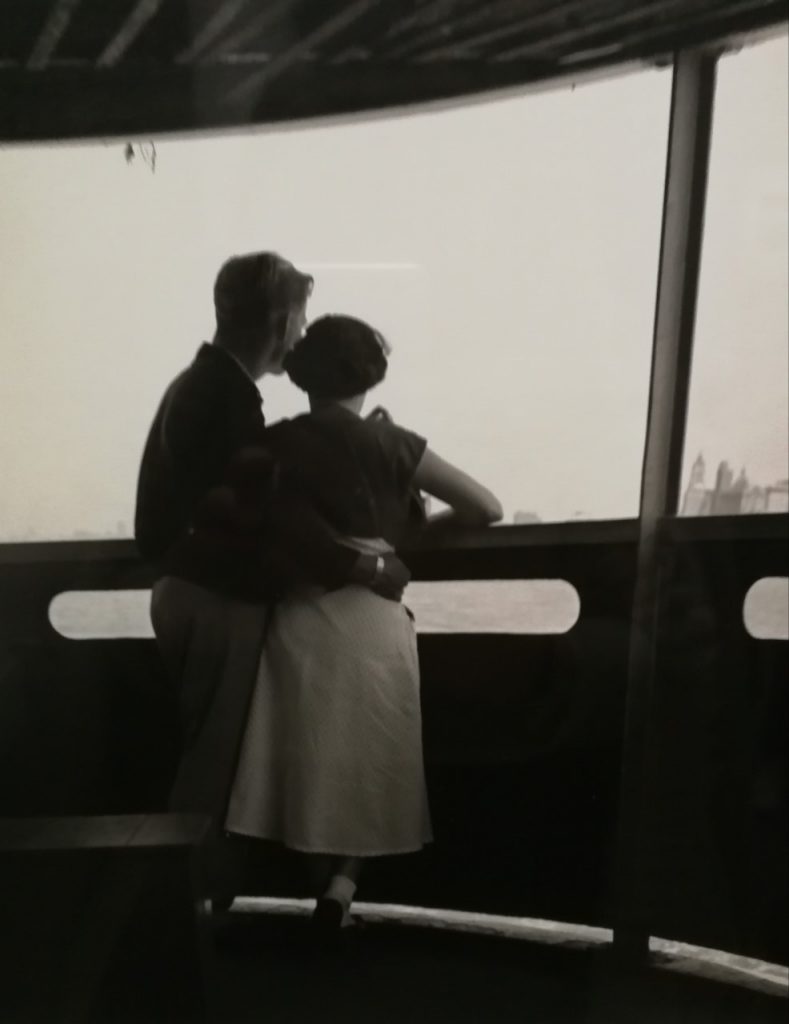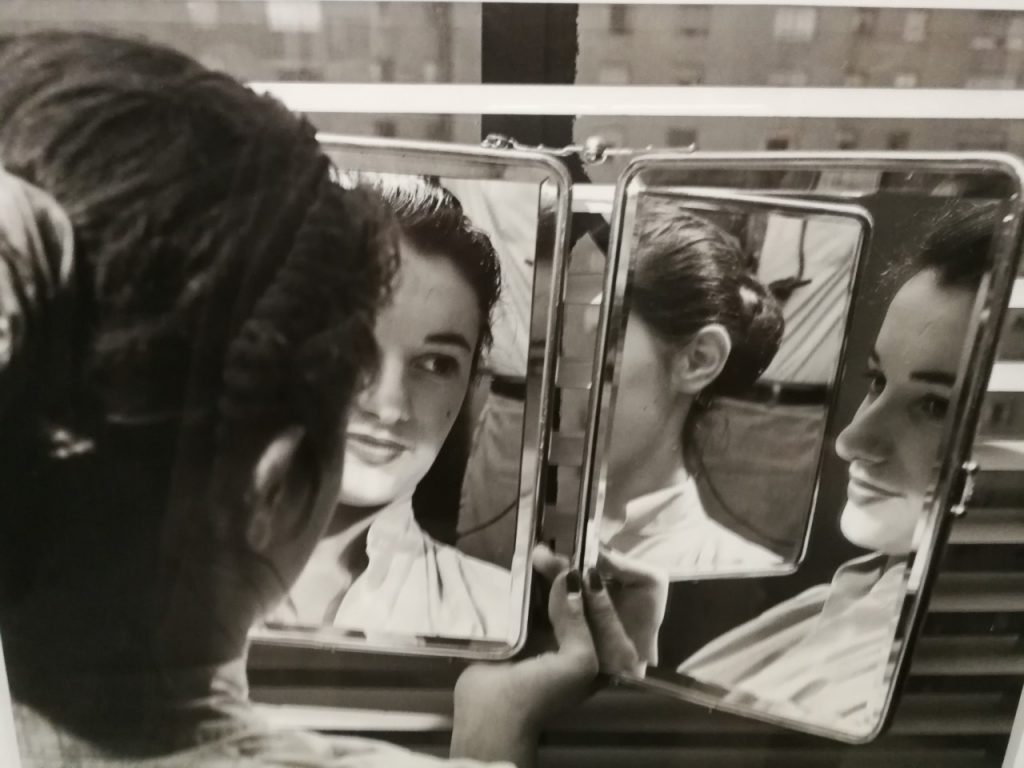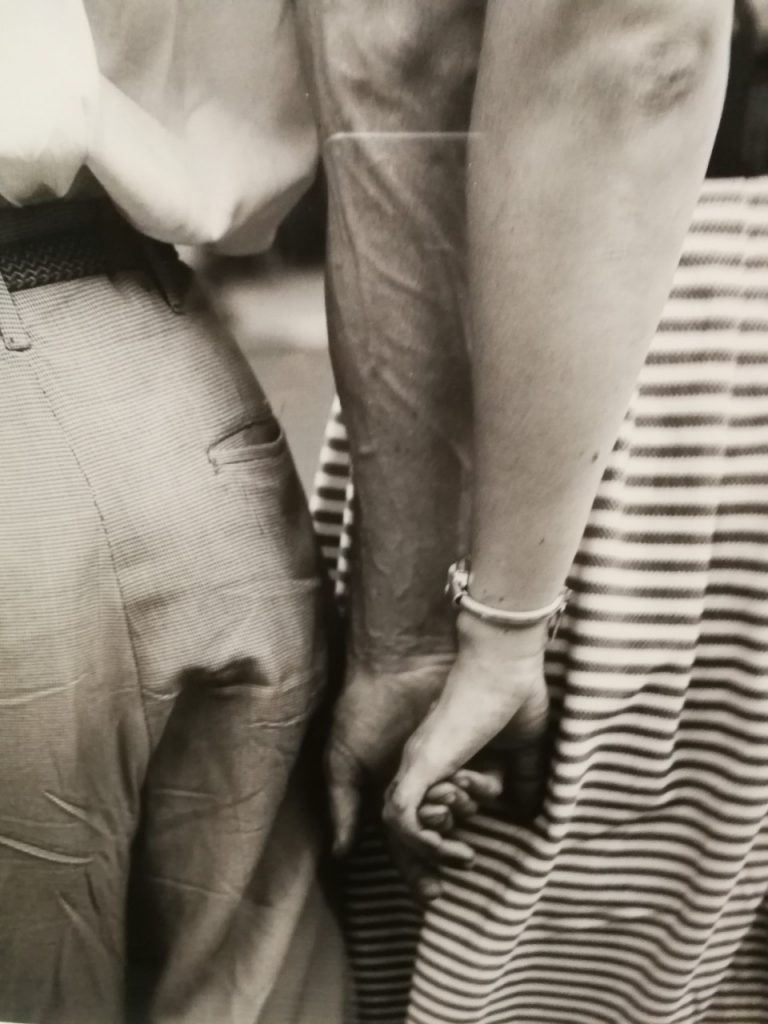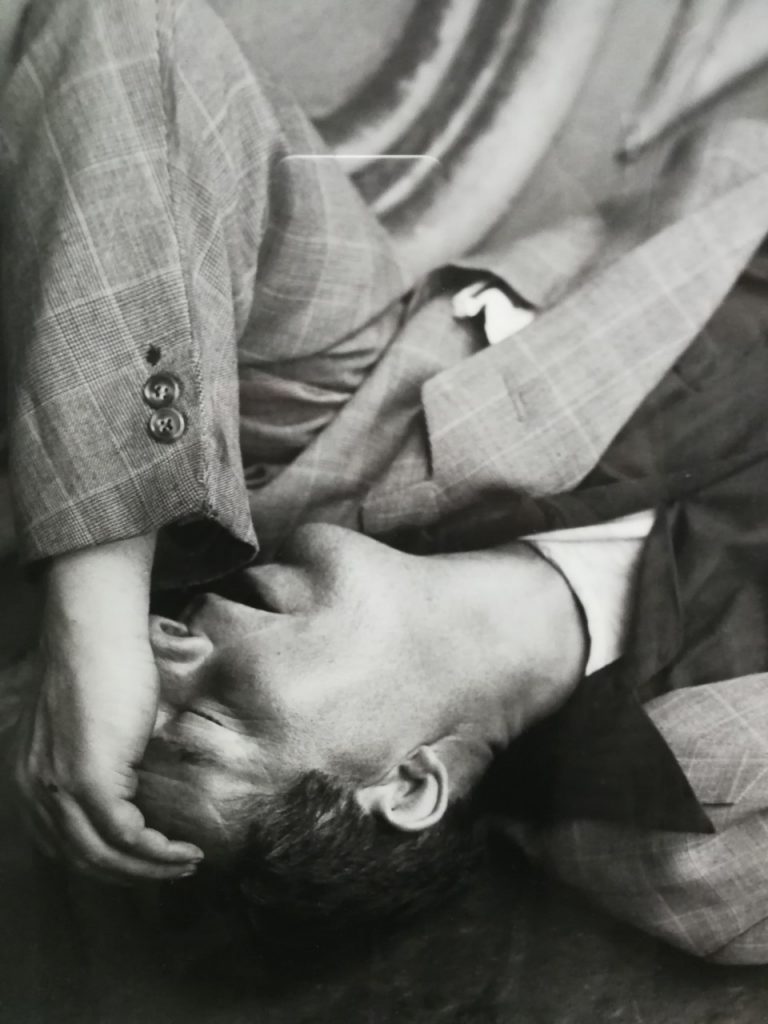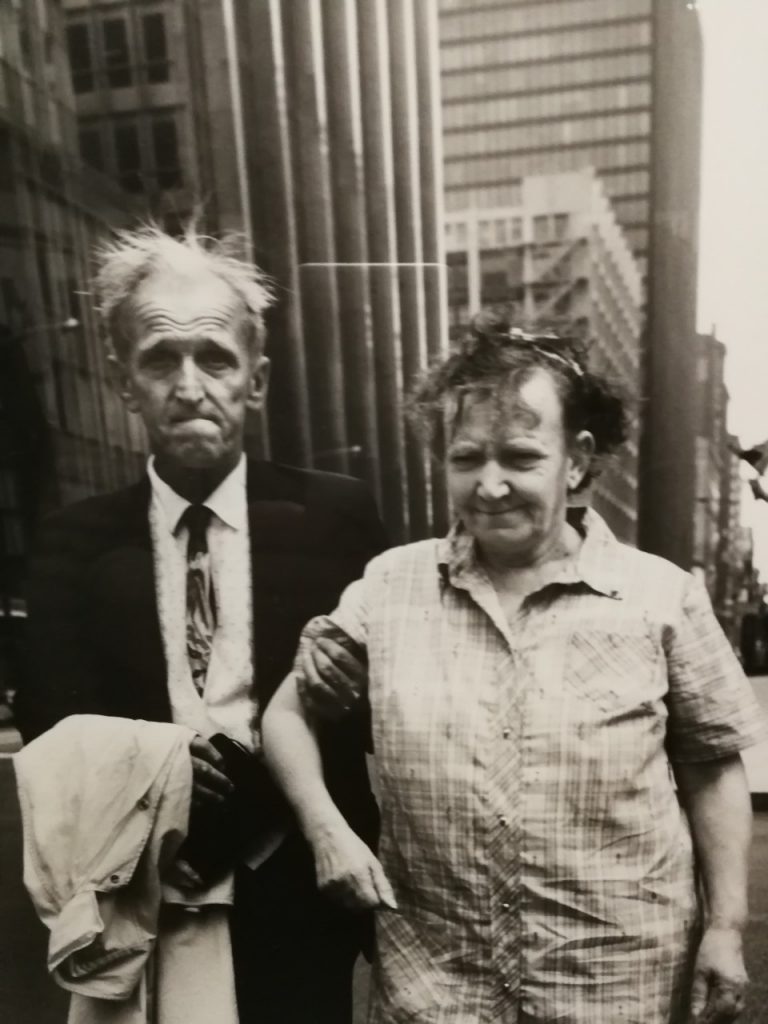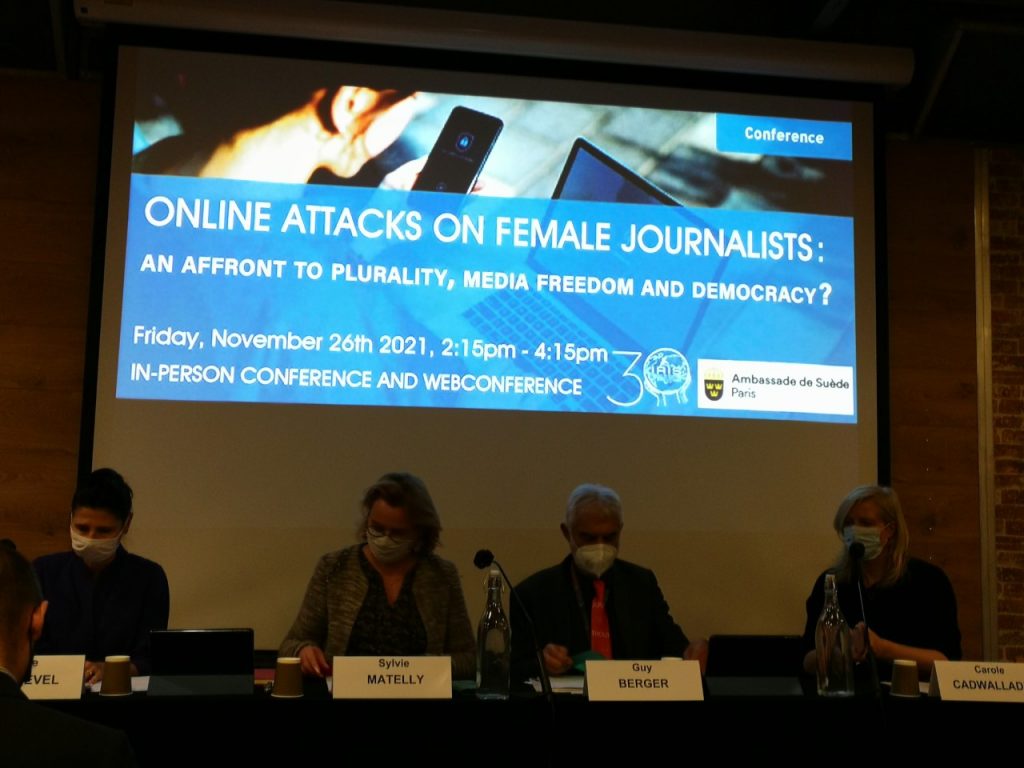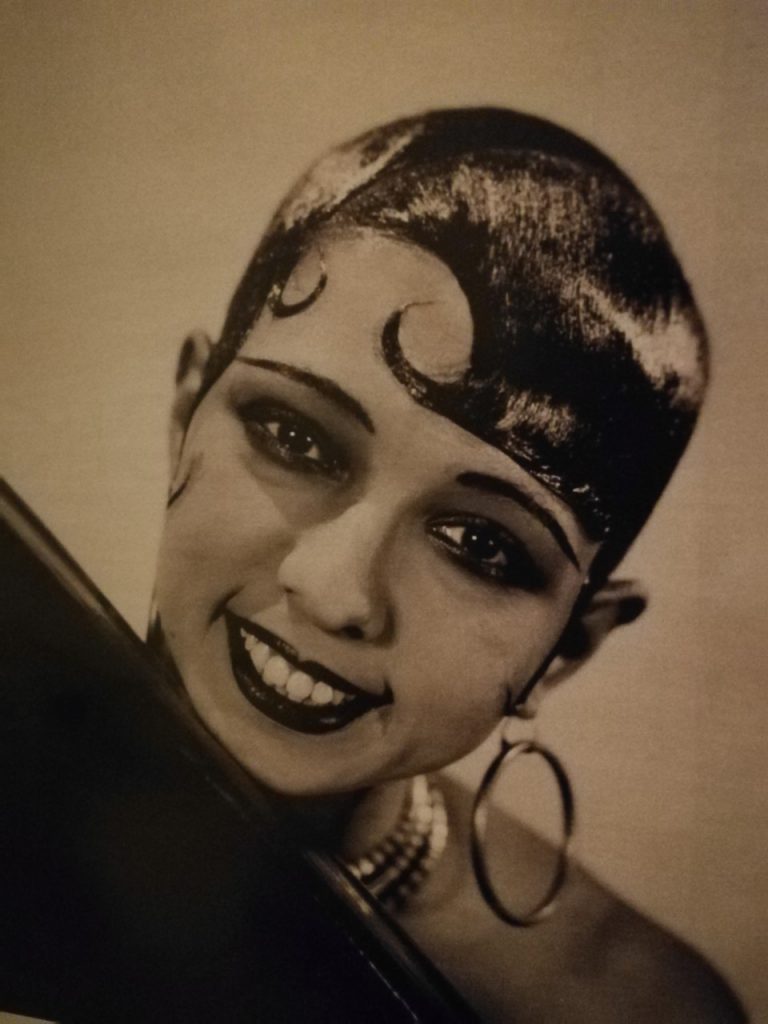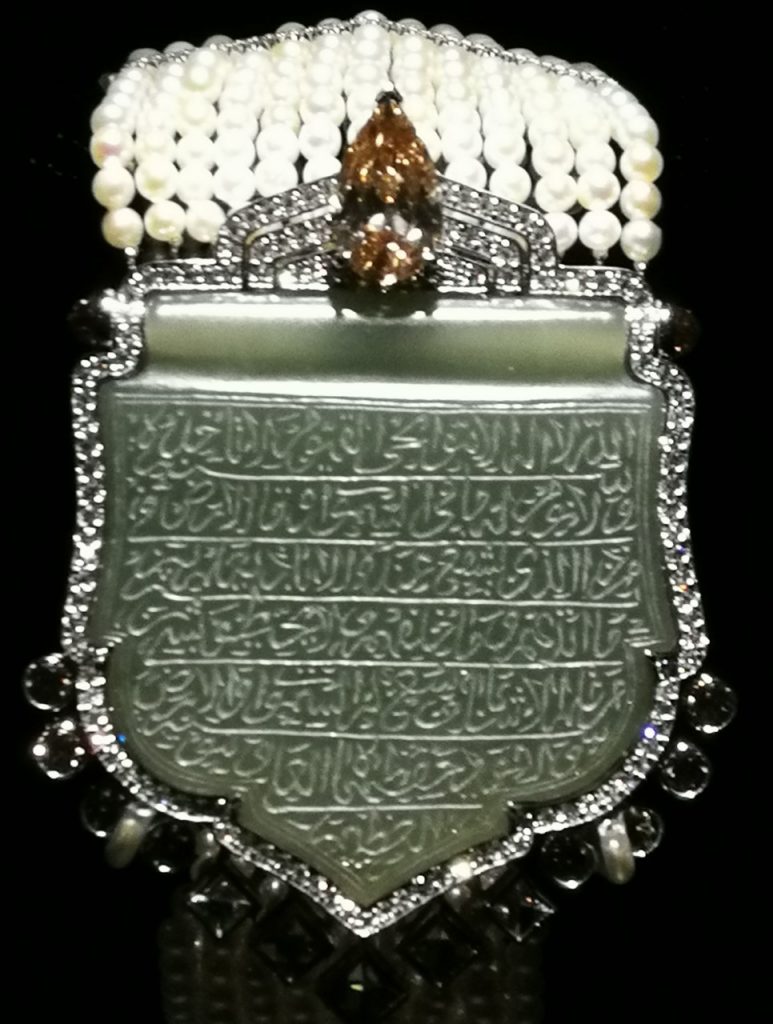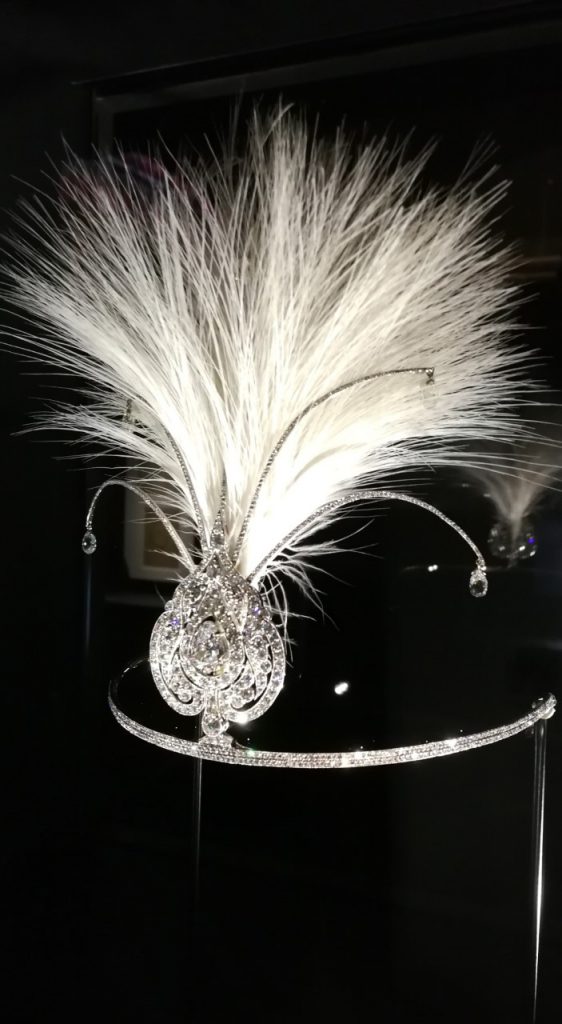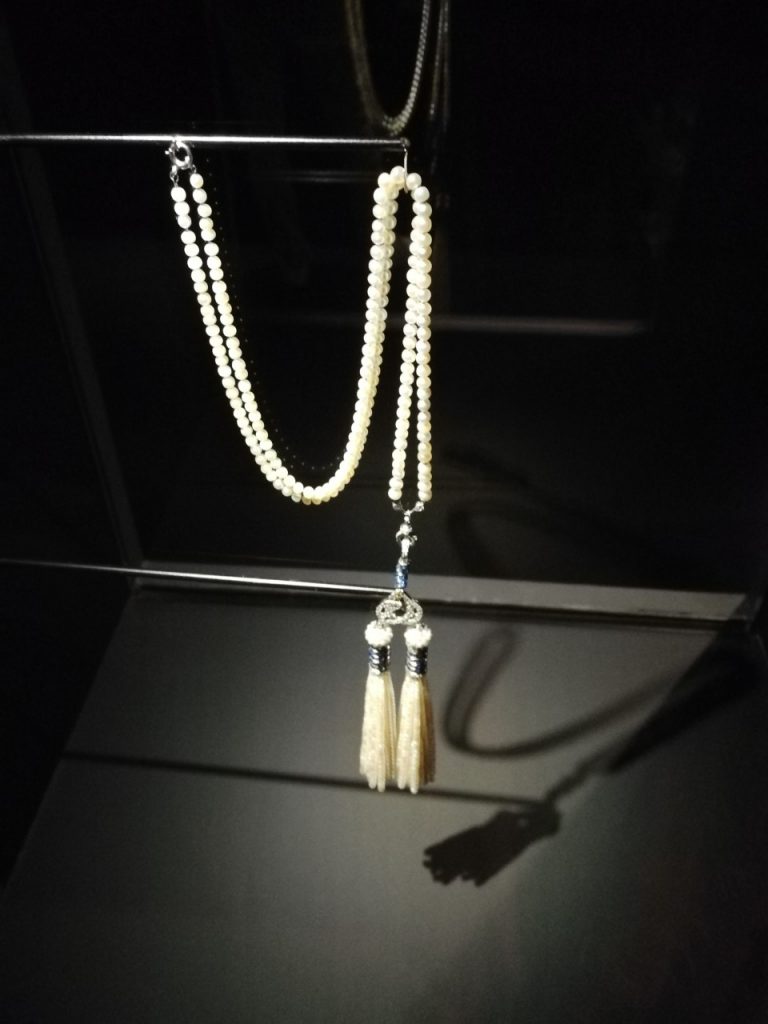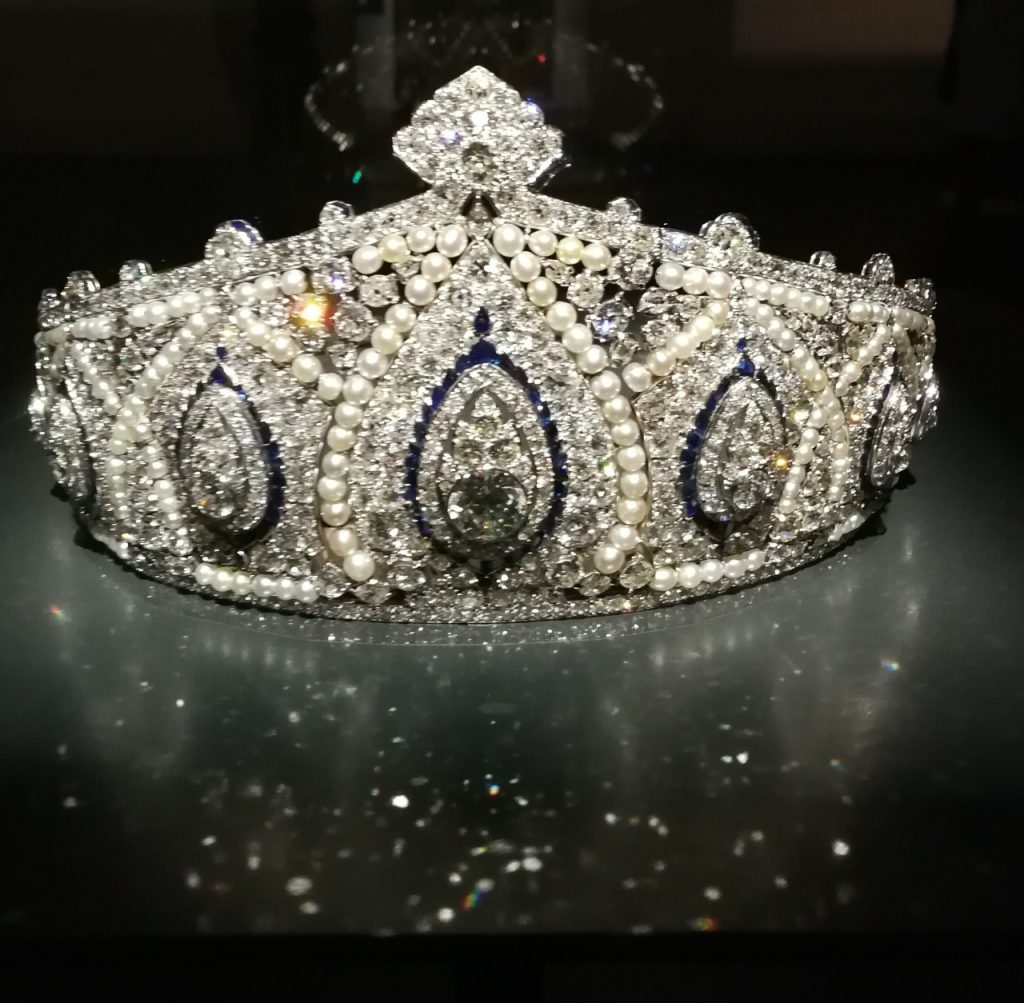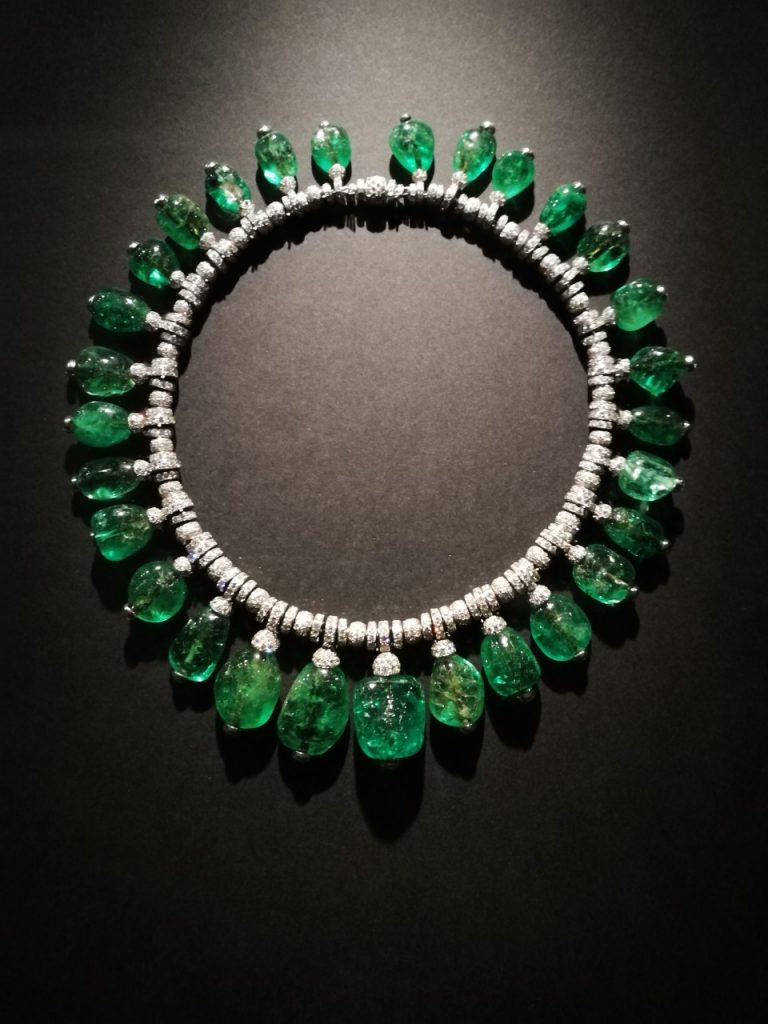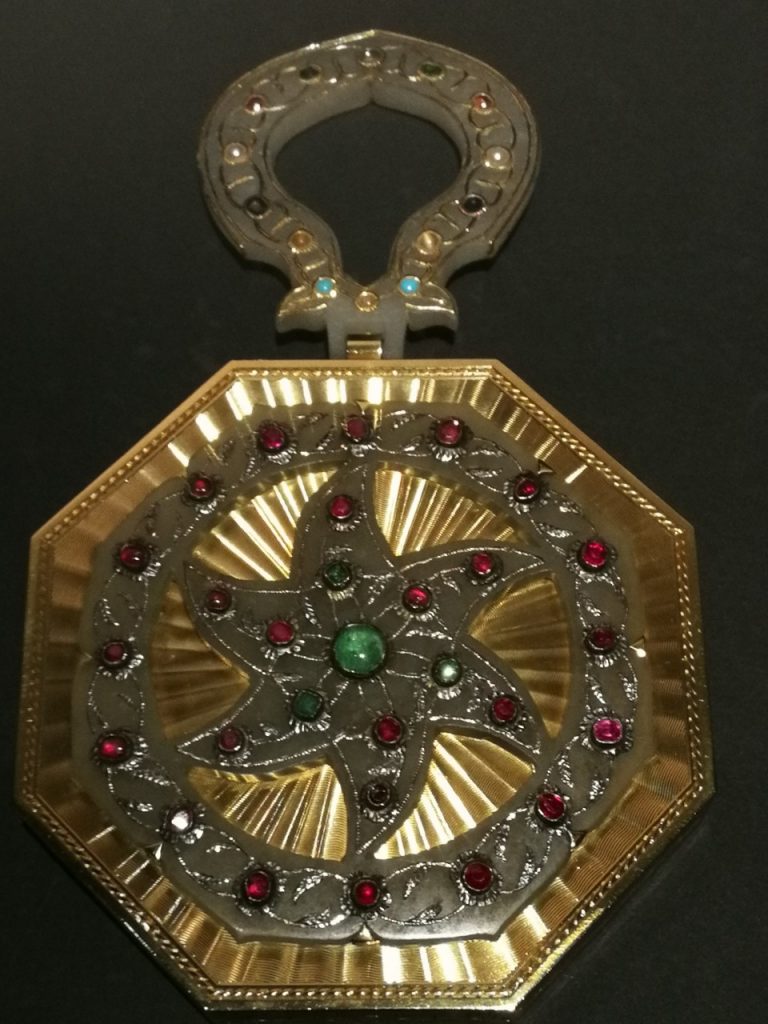
His picture of the young Afghan girl with her fabulous green eyes made a worldwide tour, widely published on National Geographic’s cover page. A retrospective of some of his 150 enlarged photographs are shown this winter at Musée Maillol, in Paris.
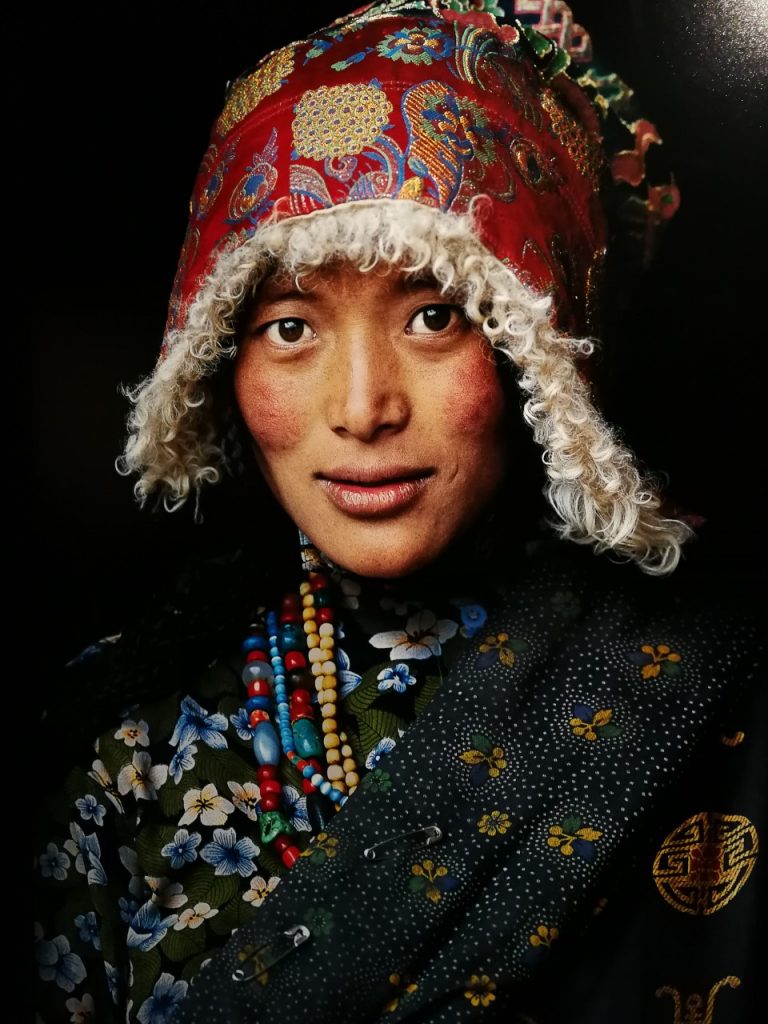
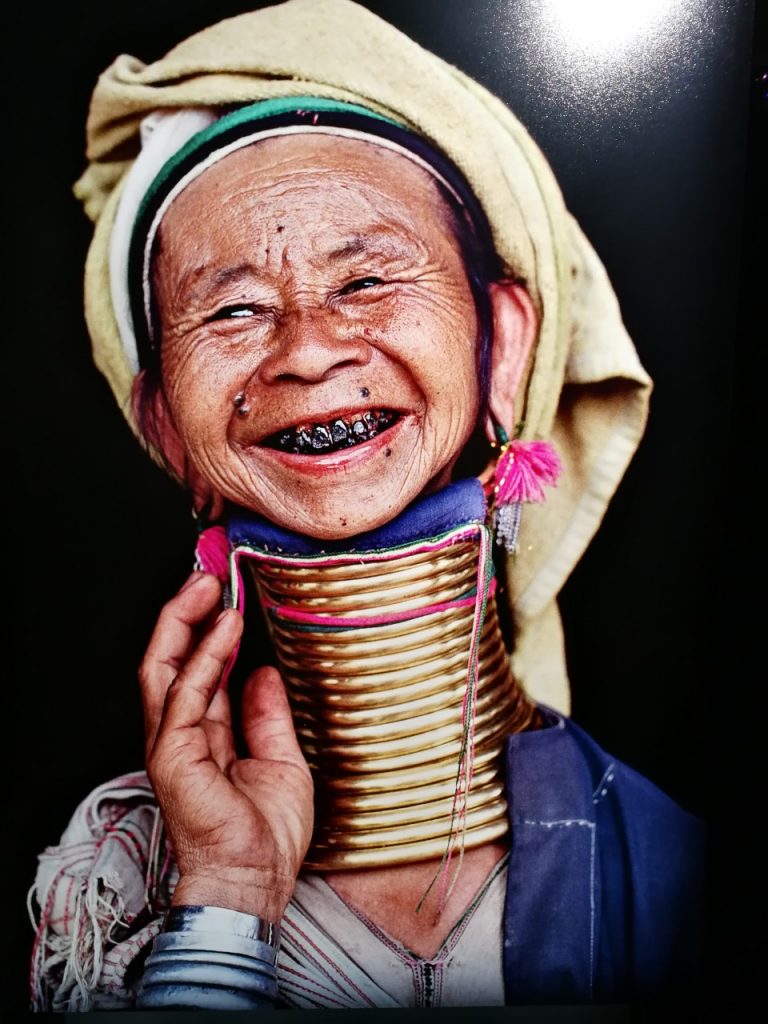
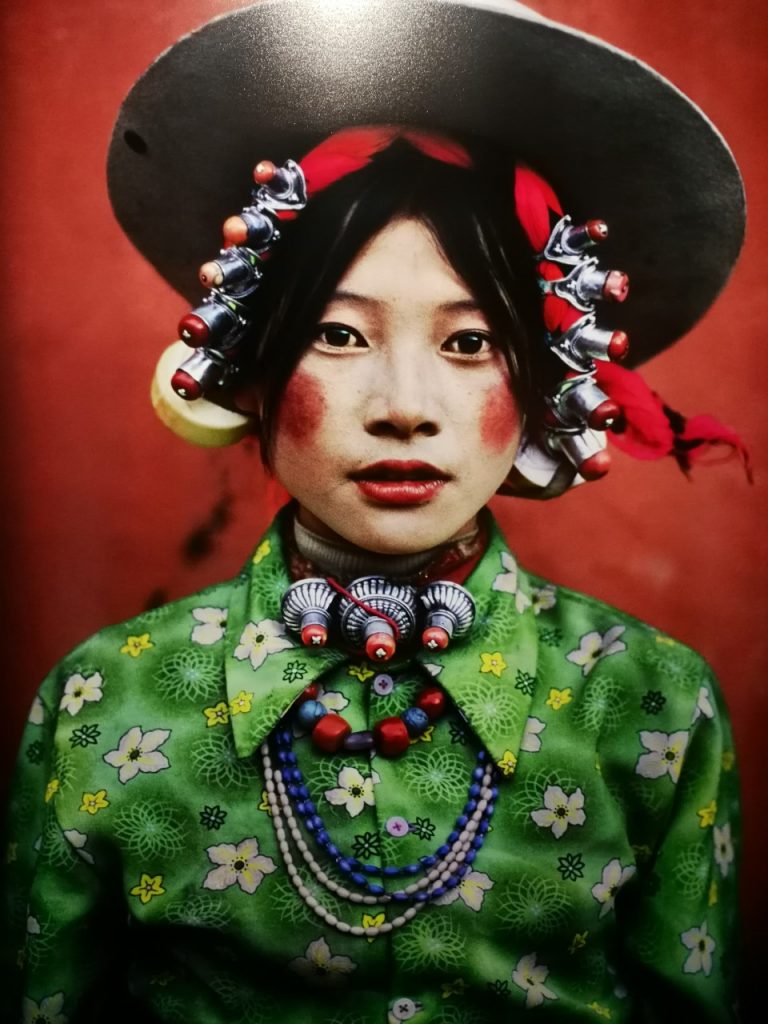
The visitor is invited to follow in Steve McCurry’s footsteps from Afghanistan to South-East Asia and from Africa to South America. The pictures show the horrors of war and misery, parallel with a real sensitivity for peoples’ as well as animals’ sense of integrity and dignity. Humor and playfulness are also prevalent in some of his pictures. McCurry finally managed to track down the Afghan girl, that made him famous and photographed her as an adult, seventeen years later.
The exhibition begins on the upper floor in this rather small but refined private museum, next to boulevard Saint Germain – Paris former artists hub – with its numerous galleries and small shops. The first two rooms are thought of as an introduction to his works, with only black and white photographs, from Steve’s first trip to Afghanistan, between 1979 – 1980. Many are taken of the mujahedin, who fought against both the Russian and the Afghan armies.
I next stepped into the heart of the exhibition, where I was met by an explosion of colors and portraits with people from all over the world, mostly clad in their traditional clothes. Except for the pictures of the Afghan women entirely covered in their blue burkas, trying to survive with their children after years of wars and Taliban governments. There are over two million Afghan widows and their situation is dire to say the least.
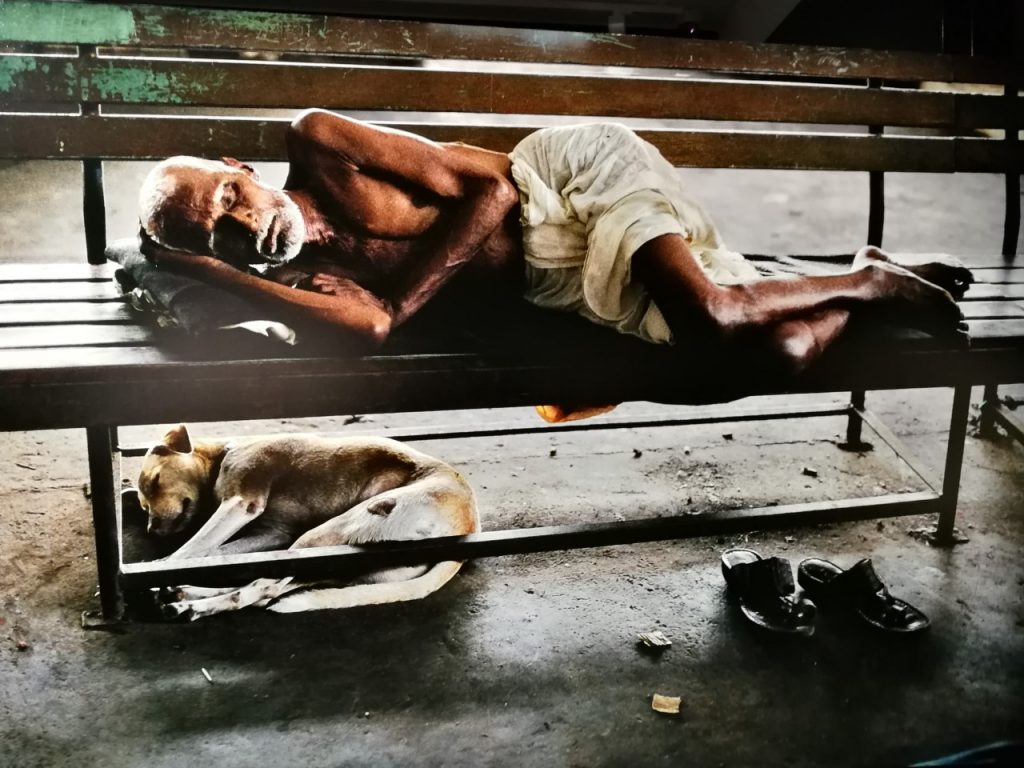
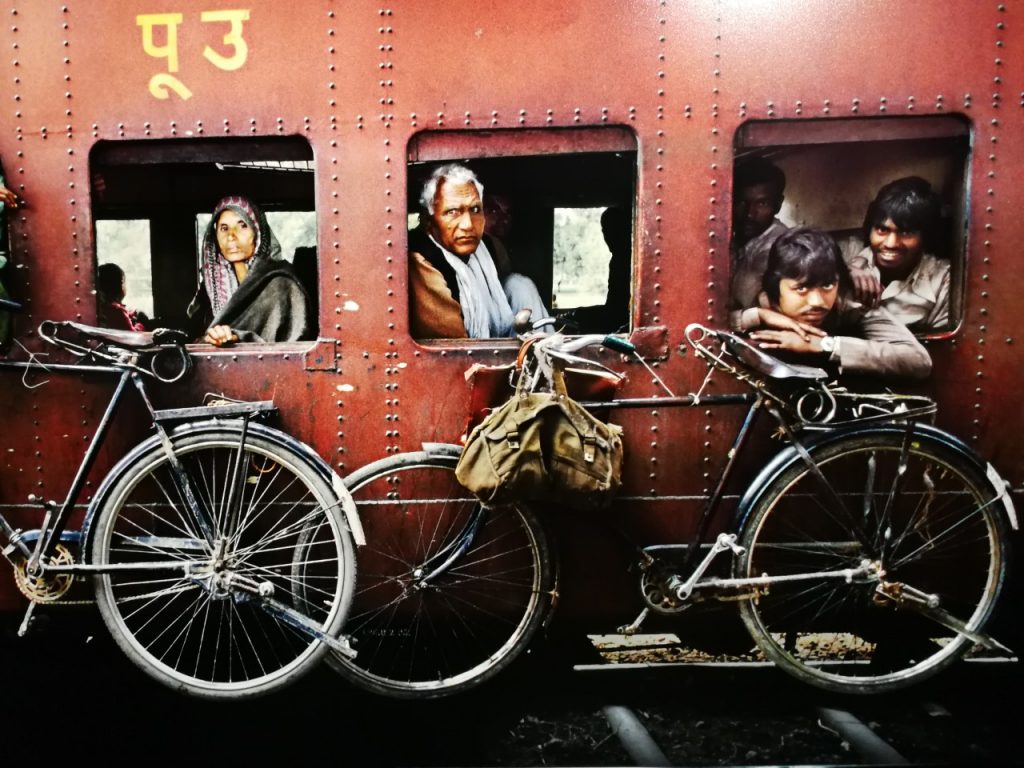
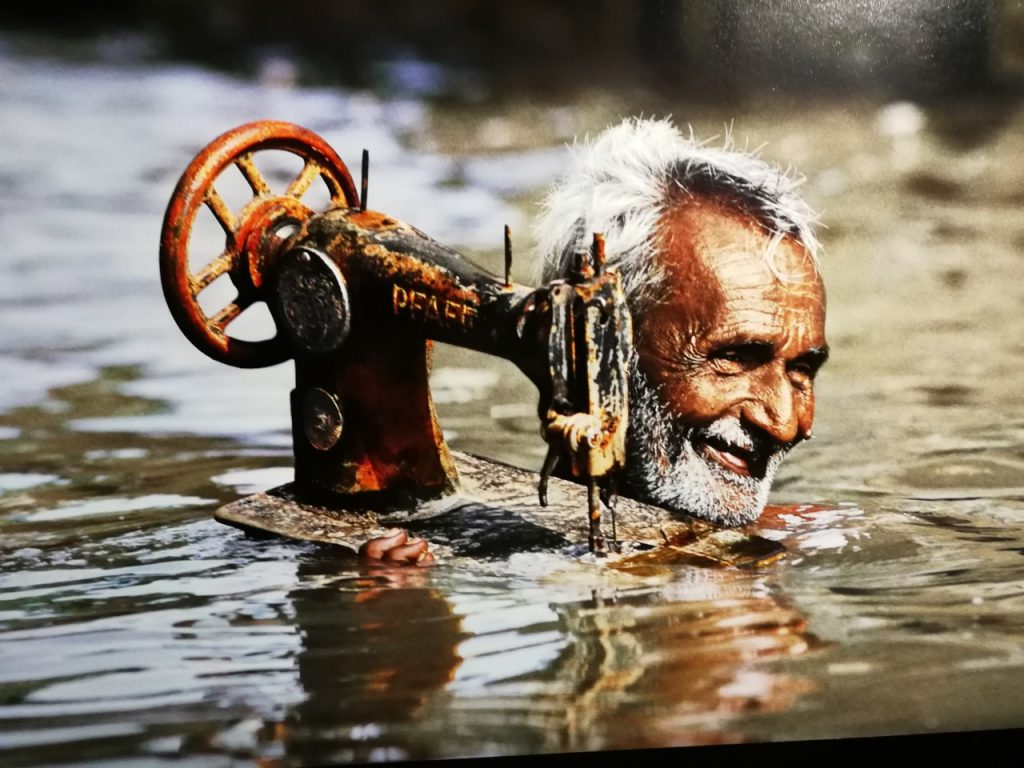
There are also funny pictures, such as the one with the boys playing next to some of the world’s oldest trees – baobabs in Magadaskar. They’re also called ”the Tree of Life”, inspired by the Bible, because these thousand years old trees contain life-bearing water.
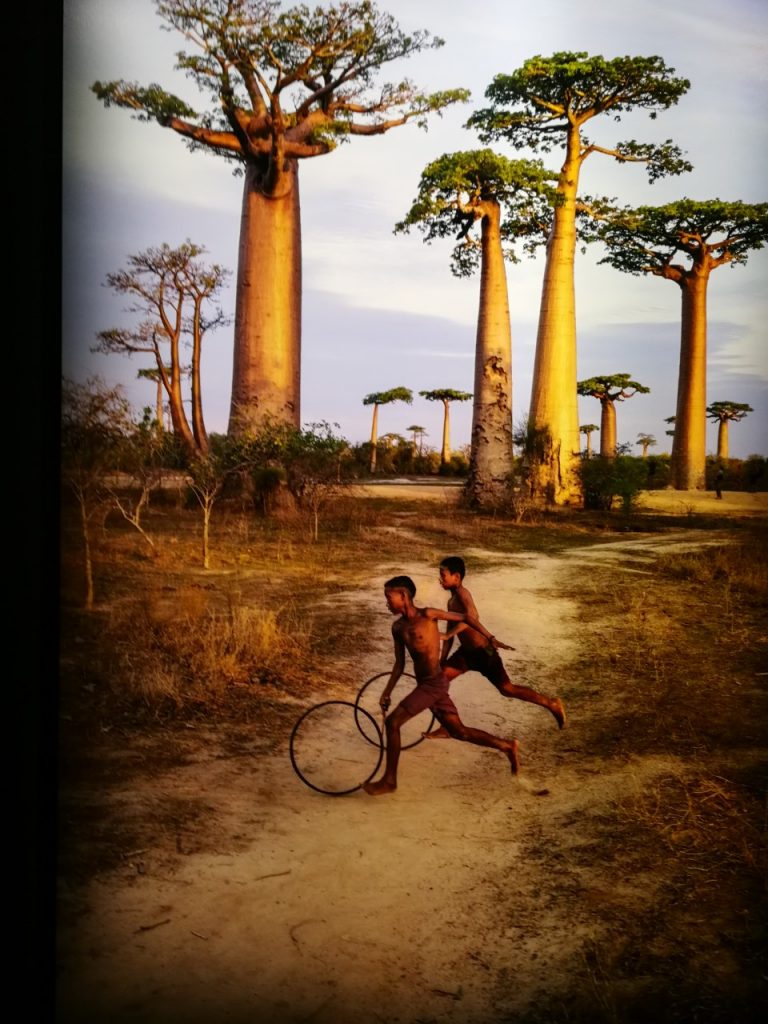
Magnificent pictures of Wadi Rum, the Jordanian Southern desert, take us back in time: to the Nabateans who built Petra – the pink sandstone city – around 2000 B.C.
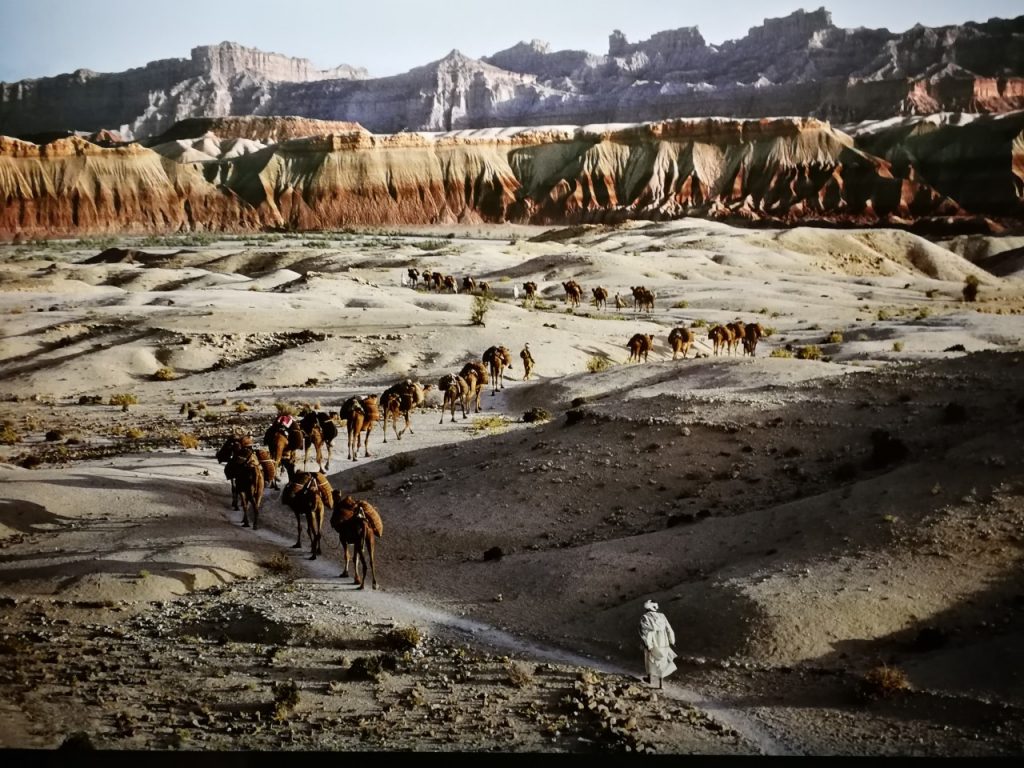
The Omo people from Ethiopia are incredibly beautiful and colorful.
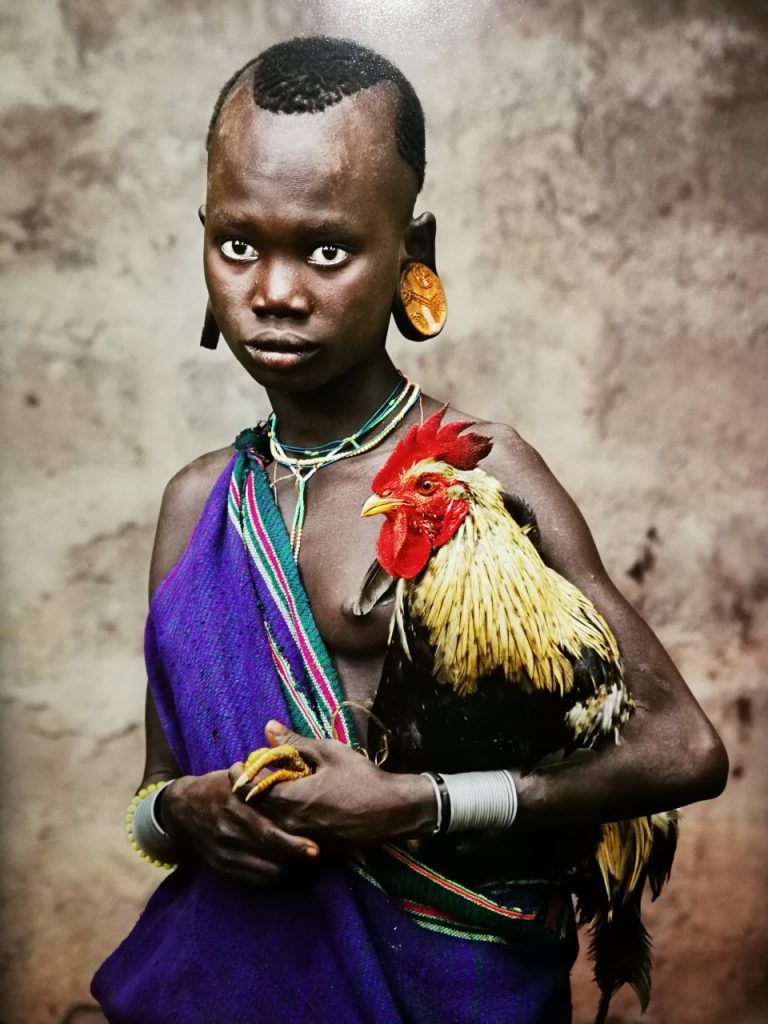

From Mali, I enjoyed the simple but architecturally interesting houses. The pictures from Sri Lanka are amazing with fishermen highly perched on wooden sticks fastened in the sea bottom and from where they throw their fishing nets.
There are hilarious pictures taken during the monsoon period with people wading through the waters carrying a sewing machine or a tray with a teapot! The overcrowded Indian trains with bicycles attached outside the wagons are also unforgettable.
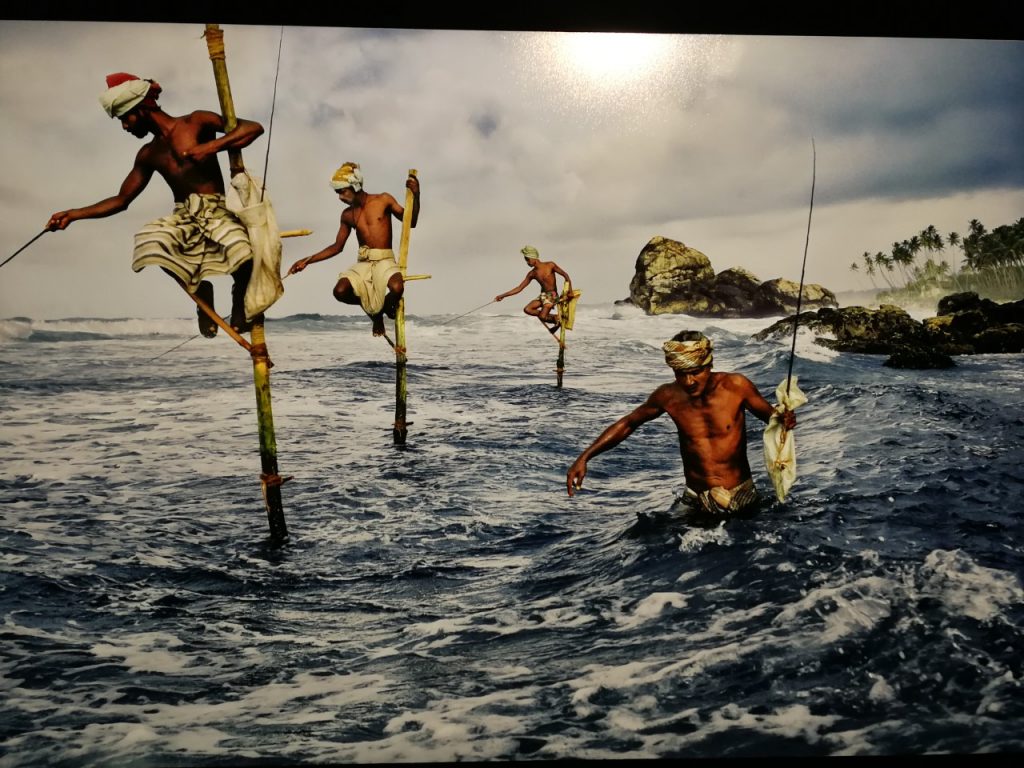
The exhibition finishes with a few short videos where we may follow the photographer himself on some of his adventures around the world. To cite Steve McCurry:
- When I arrive to a new place, I set off without any specific goal, early in the morning. Suddenly something magical happens and I start to view the world in pictures, nearly as in a meditative trance.
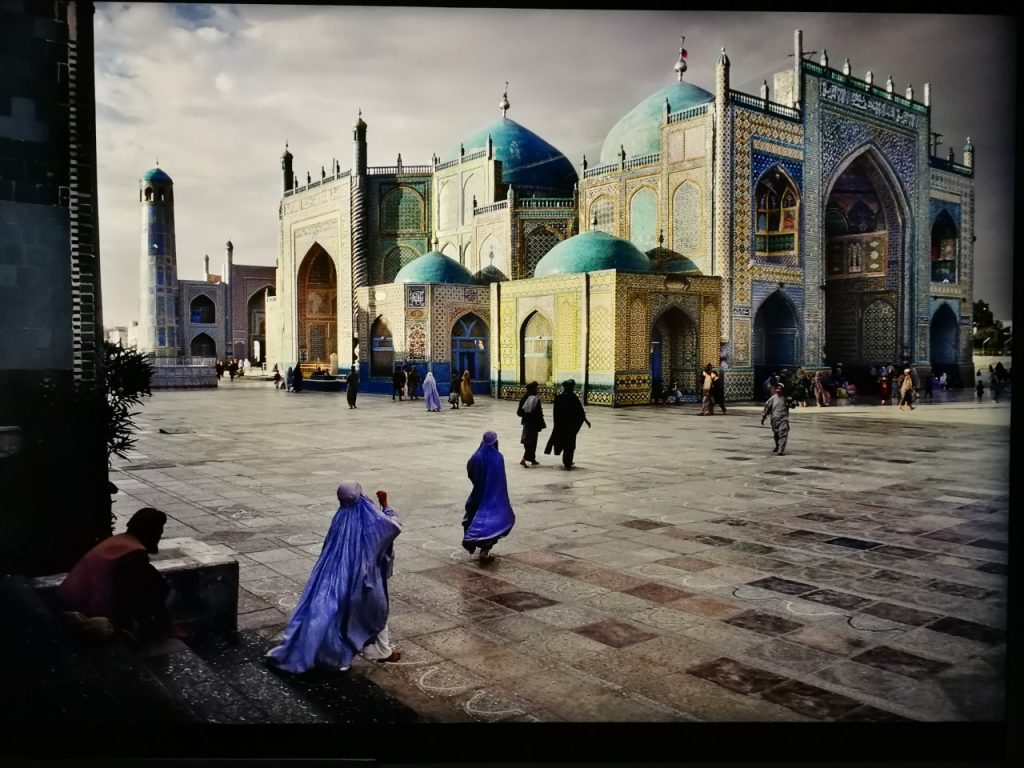
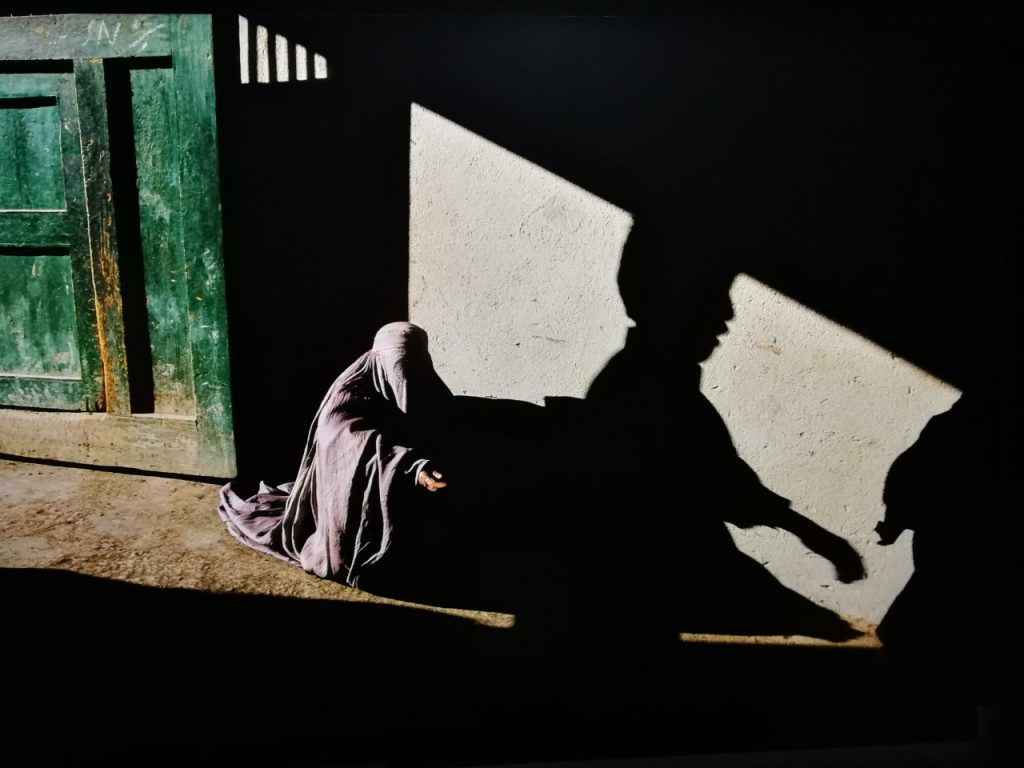
It’s nearly impossible to properly relate this extensive exhibition but I hope to have given you a small taste of it. If you can’t see it, you can discover Steve’s works through his numerous photography books.
Anne Edelstam
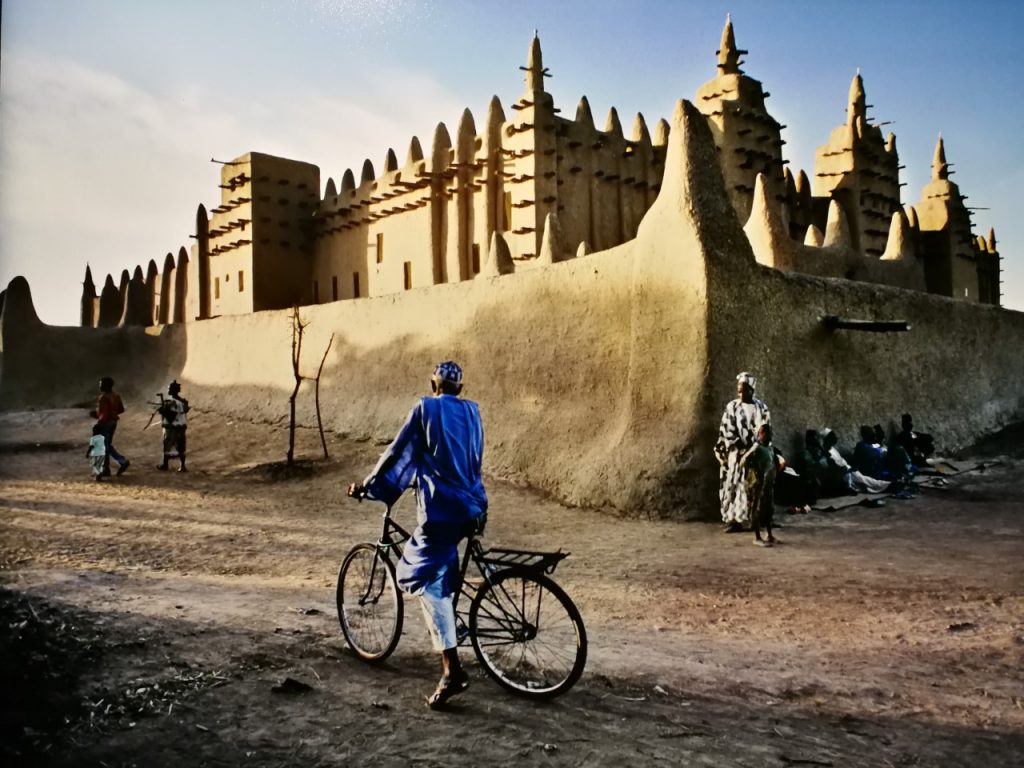
Musée Maillol
The World of Steve McCurry
09 december 2021 – 29 maj 2022
59 – 61 Rue de Grenelle
75007 Paris
Frankrike

